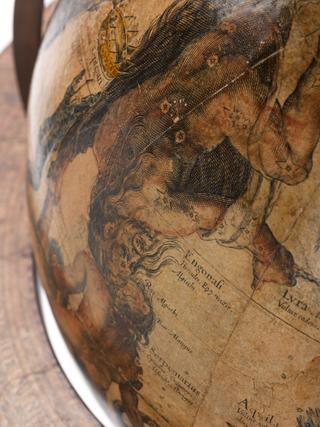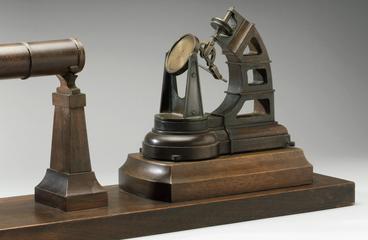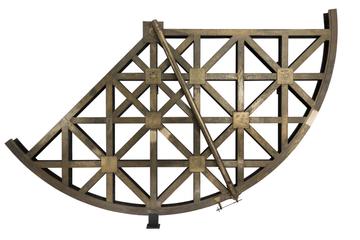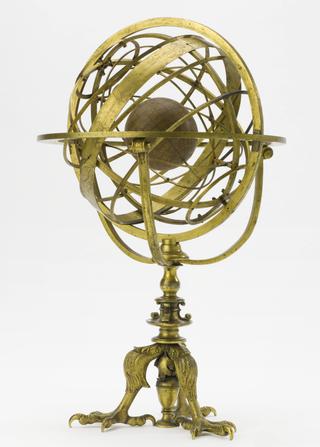
Foucault Pendulum for Demonstrating the Earth's Rotation





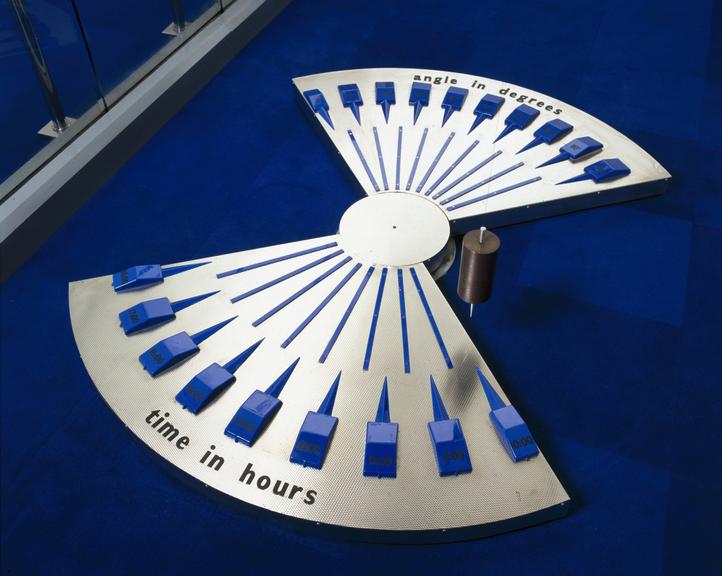

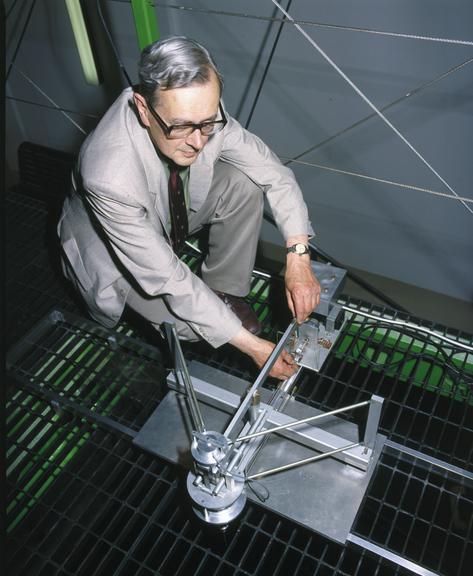
Foucault pendulum designed by A.B. Pippard and built at the Cavendish Laboratory, Cambridge, including suspension, sustaining mechanism and bob
Made in the workshops of the Cavendish Laboratory, Cambridge, this Foucault Pendulum has been demonstrating the Earth's rotation at the Science Museum since 1988. Unlike its predecessor, this pendulum runs continually, so avoiding the need to re-swing the pendulum each hour. It was designed by Prof. Brian Pippard (1920-2008). A moveable scale indicates time against the angle rotated. Gently raising and lowering the pendulum pivot, using a motor in conjunction with a sensor, keeps the pendulum in motion. Known as parametric amplification, it uses the same principle that keeps a child's swing in motion. The French physicist Leon Foucault (1819-1868) conceived the display and first demonstrated it at the Parisian Pantheon in 1851.
Details
- Category:
- Astronomy
- Object Number:
- 1988-447
- Materials:
- metal (unknown) and plastic (unidentified)
- Measurements:
-
bob: 200 mm 85 mm,
- type:
- foucault pendulum and demonstration model
- credit:
- Cavendish Laboratory (Cambridge)
